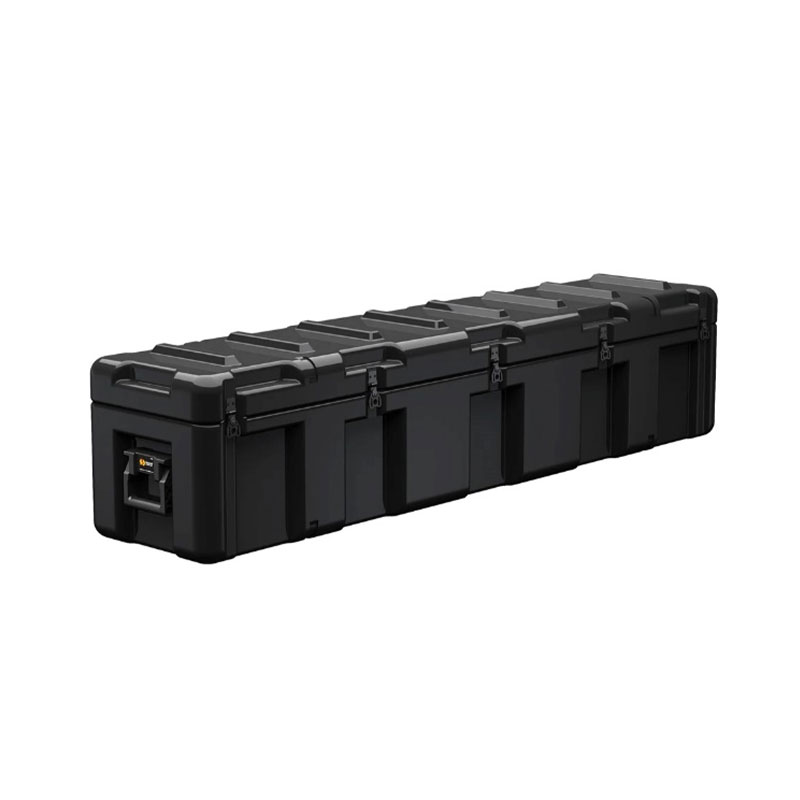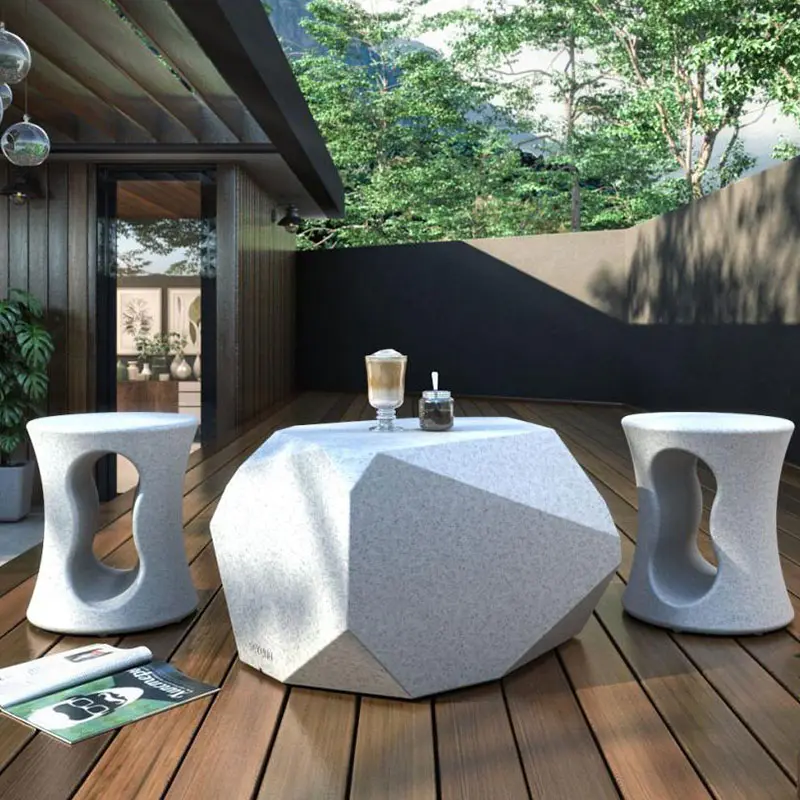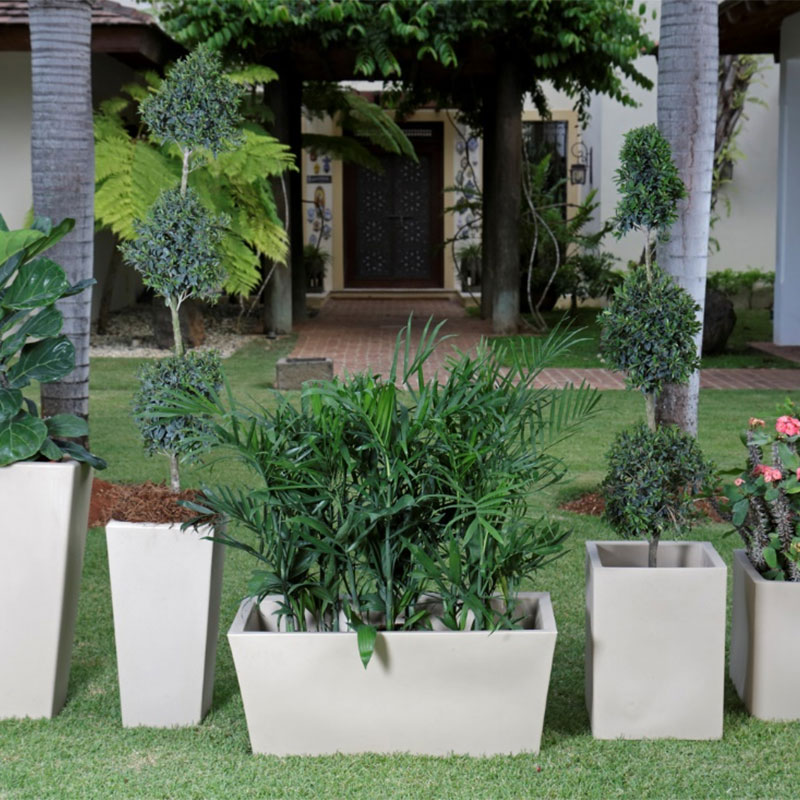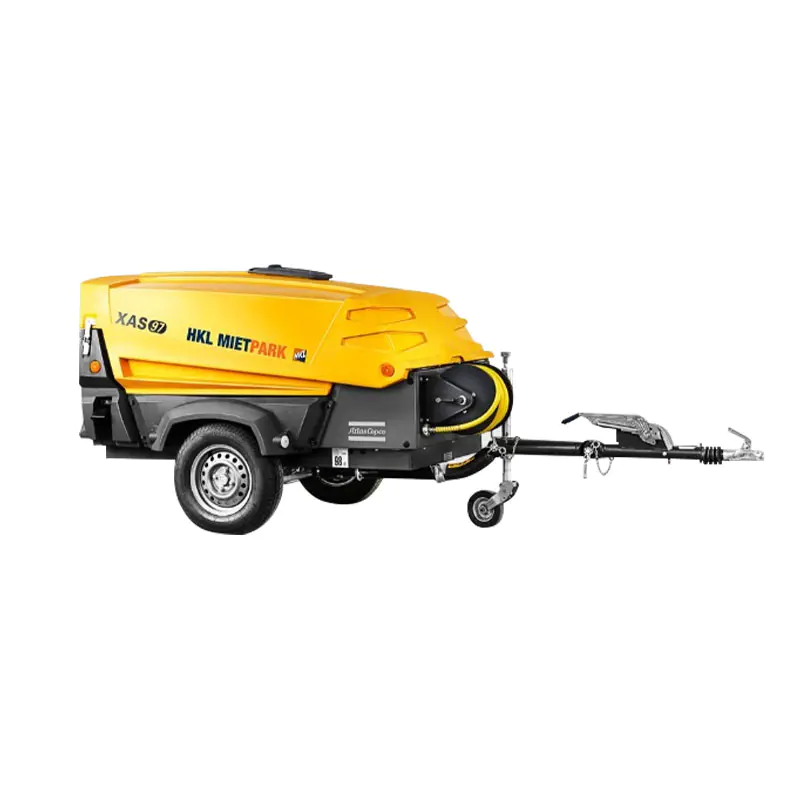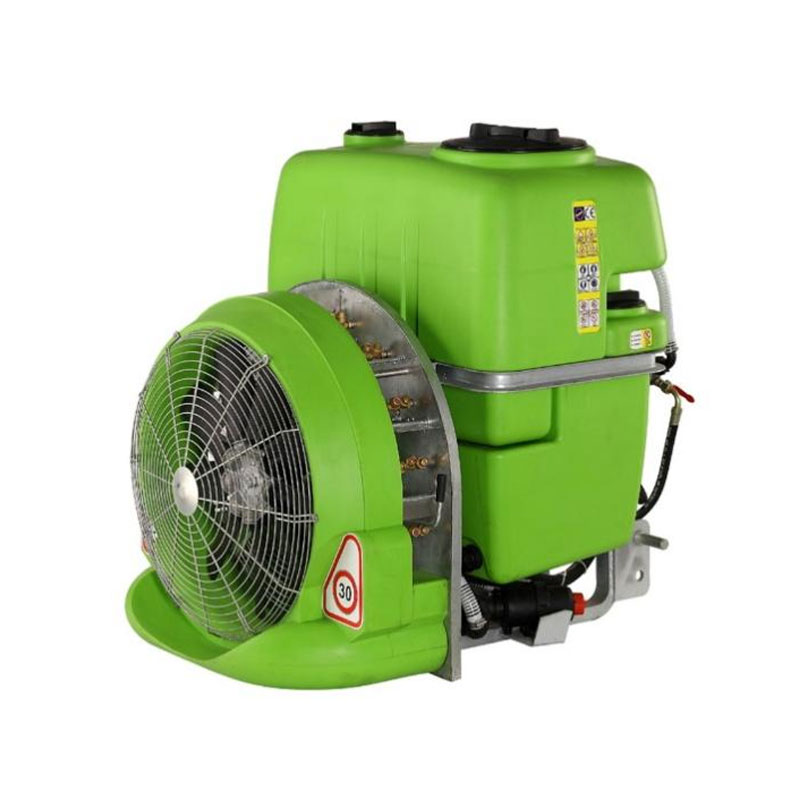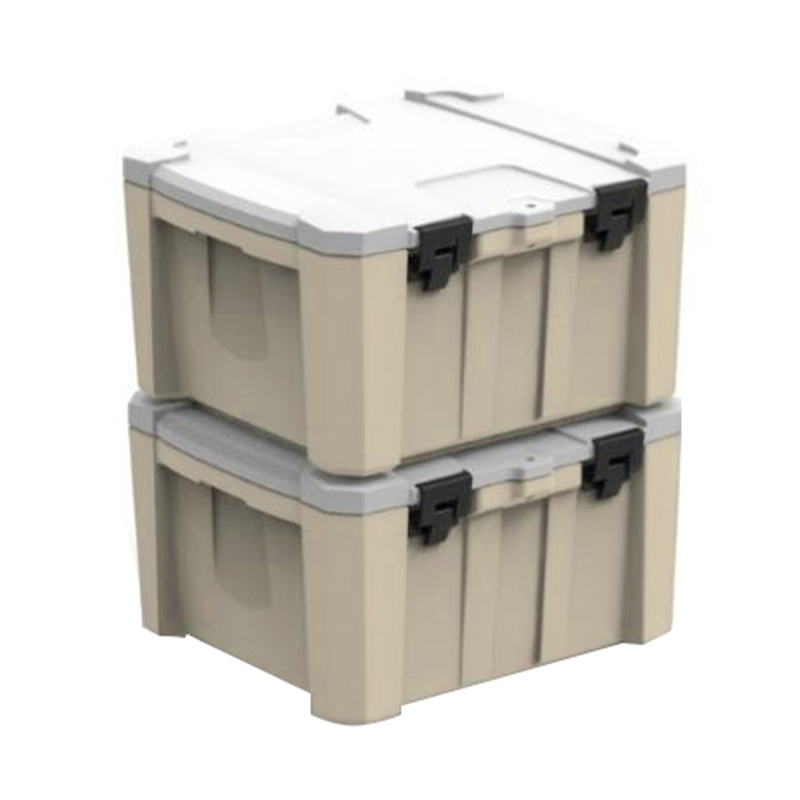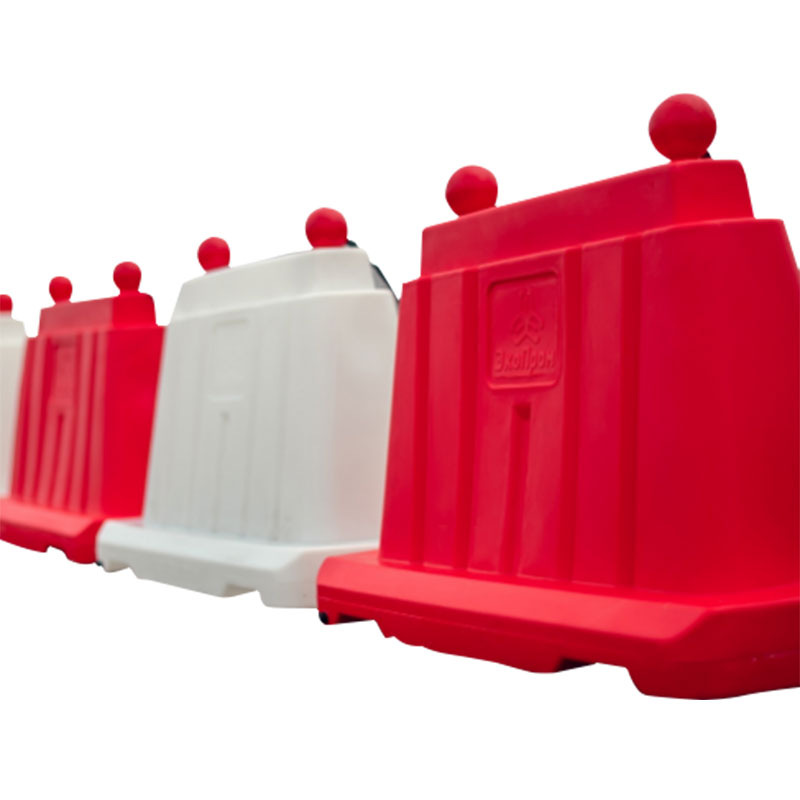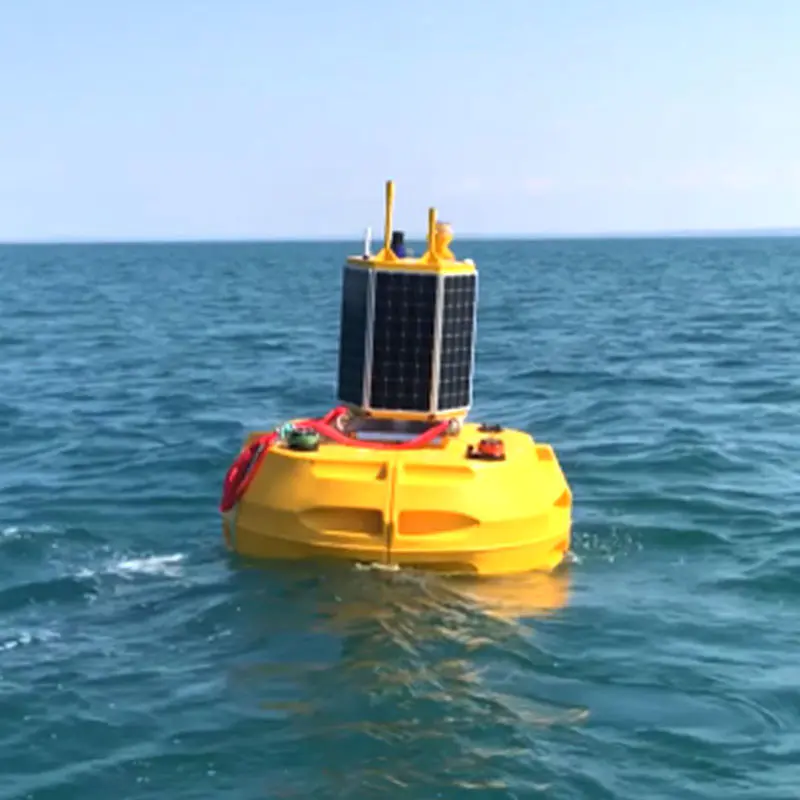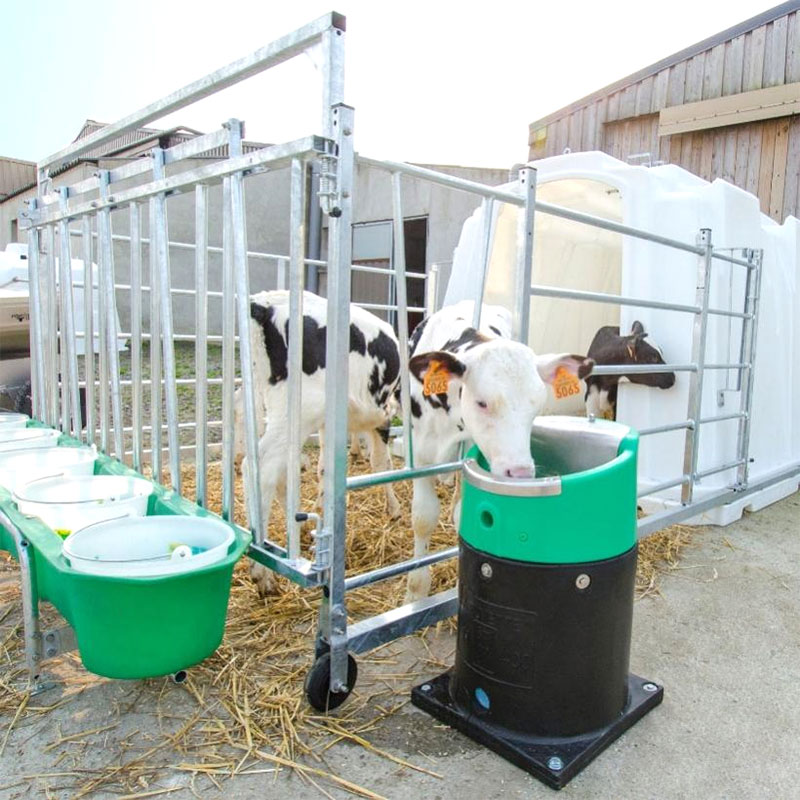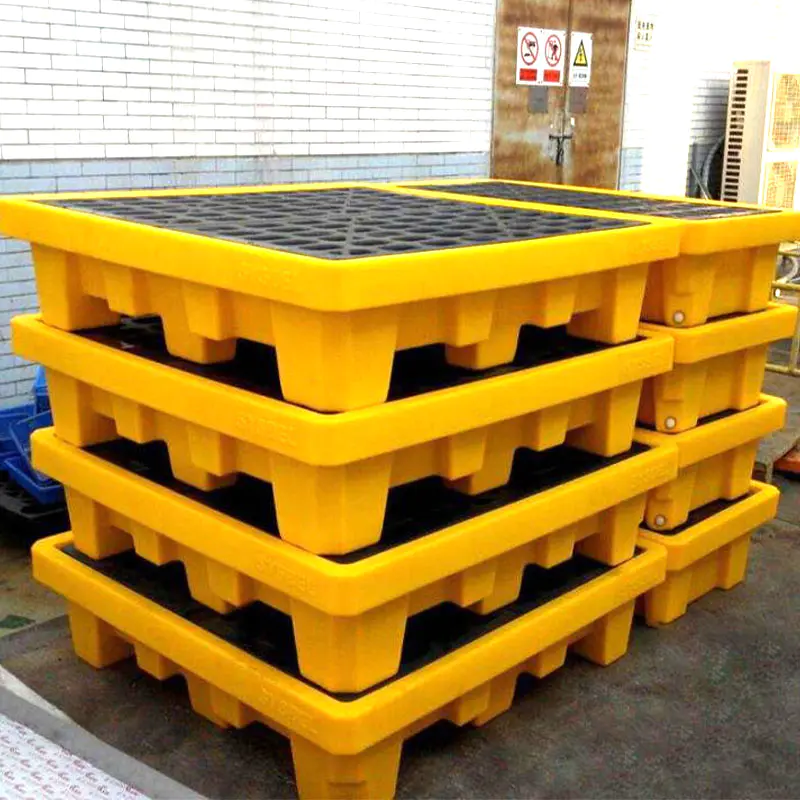In the manufacture of roto-molding molds for flower pots, the choice of materials directly determines the performance, service life and production cost of the molds, and is a crucial decision-making link in the entire production process. Due to differences in physical and chemical properties, different materials show different adaptability during mold forming and use, and aluminum alloys and steel have become the mainstream materials in the current field of roto-molding mold manufacturing for flower pots with their unique advantages.
Aluminum alloys occupy a place in mold manufacturing with their lightweight characteristics. Due to their low density, aluminum alloy molds are easier to carry and install than molds made of steel, which can effectively reduce the burden of manpower and equipment in the production process. Its excellent thermal conductivity cannot be ignored. Heat can be quickly and evenly conducted inside the mold, so that the plastic raw materials are heated more evenly during the roto-molding process, thereby shortening the heating and cooling cycle and significantly improving production efficiency. In terms of processing, aluminum alloys have moderate hardness, and complex structures can be easily formed through conventional processing techniques such as cutting and milling, which greatly reduces the difficulty and time cost of mold manufacturing, and is especially suitable for mass production of small and medium-sized flower pot molds. However, the strength and wear resistance of aluminum alloy materials are relatively weak. When subjected to high-intensity and high-frequency use, the mold surface is prone to wear and deformation, which makes it limited in the manufacture of large or complex molds that need to be opened and closed frequently.
Steel, with its high strength and excellent wear resistance, has become the preferred material for large or heavy-duty flower pot gardening rotomolding molds. The high hardness of steel enables it to withstand the high temperature and high pressure of plastic raw materials during rotomolding, maintain the stability of mold shape and size during long-term use, and effectively avoid flower pot size deviation or surface defects caused by mold deformation. Even in the face of complex structures and sharp inner angle designs, steel molds can still maintain good structural strength and ensure molding accuracy. In addition, the high wear resistance of steel makes it difficult for the mold surface to wear during the production process of frequent opening and closing and repeated filling of raw materials, thereby extending the service life of the mold and reducing the replacement frequency and maintenance costs. However, the high density of steel leads to a significant increase in the weight of the mold, which not only increases the load of the production equipment, but also brings inconvenience to transportation and installation; its high hardness and special physical properties require professional equipment and processes for steel processing, which significantly increases the difficulty and cost of processing, and the mold design and manufacturing cycle is relatively long.
In actual production, the selection of mold materials needs to be considered comprehensively from multiple dimensions. The size of the flower pot is the primary consideration. Small and medium-sized flower pots have relatively low requirements for mold strength. Aluminum alloy molds can meet the production needs of high efficiency and low cost with their rapid prototyping and cost advantages; large flower pots have high requirements for mold strength and stability due to their heavy weight and high molding pressure, and steel molds are more competent. Production output also affects material selection. For small batch production, the low cost and fast processing characteristics of aluminum alloy molds can reduce initial investment; if it is mass production, although the initial cost of steel molds is high, it can effectively share the cost with its long life and stability, which is more economical in the long run. The use environment is also an important basis for decision-making. In harsh environments such as high temperature and high humidity, the corrosion resistance and stability advantages of steel molds are highlighted; while in conventional production environments with high requirements on weight and production efficiency, aluminum alloy molds are more competitive.

 English
English 中文简体
中文简体 русский
русский Español
Español